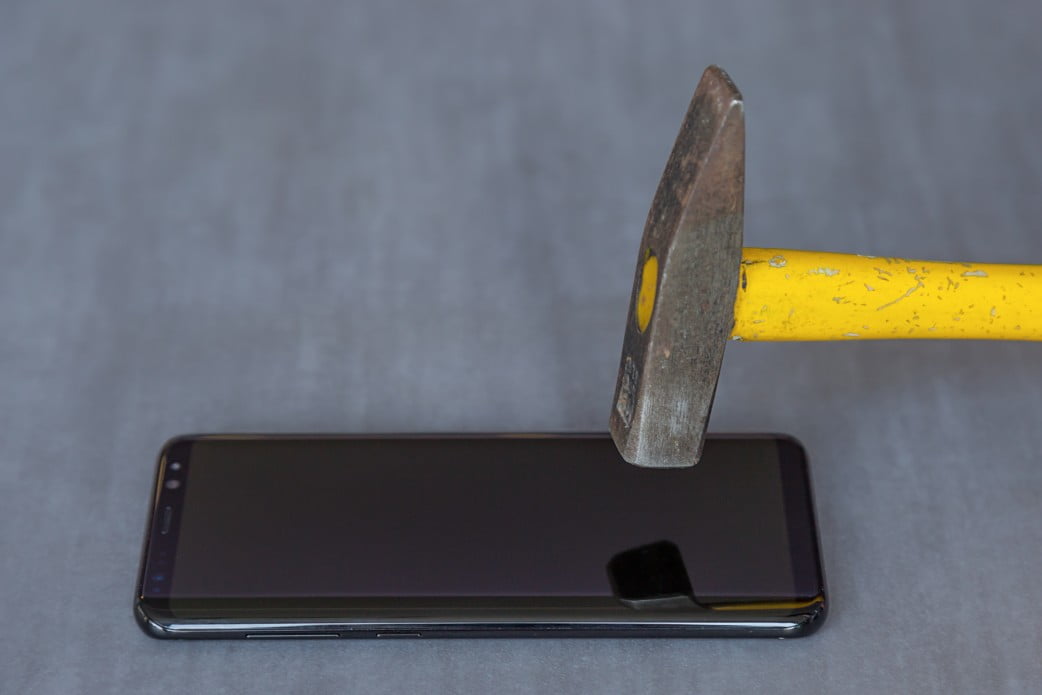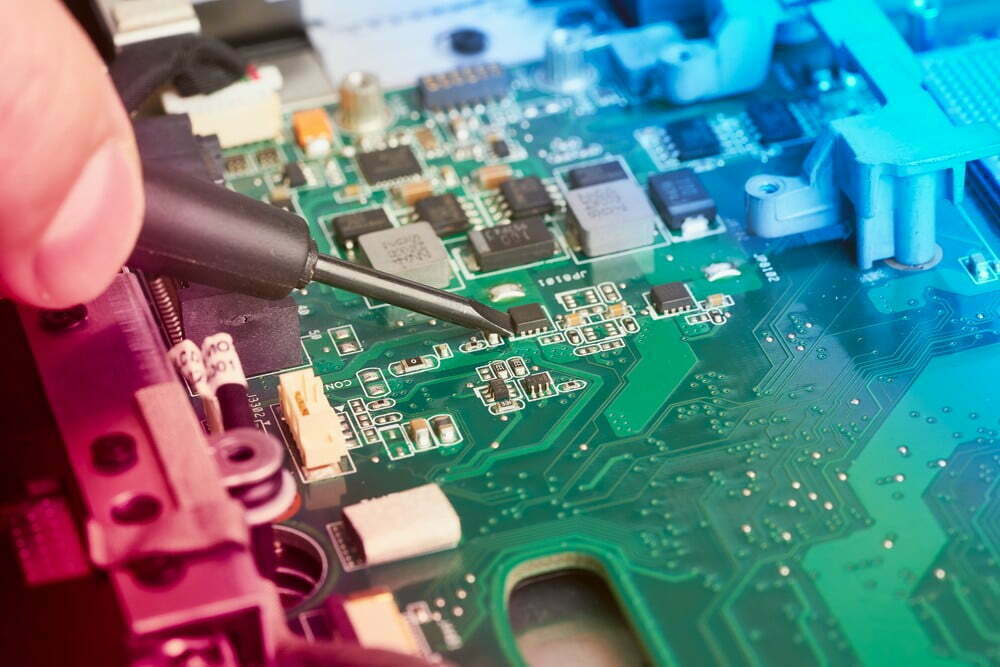The right to repair movement is a collection of consumer rights activists who want the freedom to fix and maintain their own devices. While you may think this right already exists, companies like Apple and John Deere fight for the right to repair. They restrict access to software, replacement parts, and tools necessary for owners or independent repair shops to service their devices. It may seem straightforward, but many people still wonder what is the right to repair? This article will walk you through the history and the pros and cons of the right to repair.
KEY TAKEAWAYS:
- Right to repair advocates argue that restricting access to the tools and parts needed to fix products violates the owner’s rights.
- The right to repair movement as an origination dates back to 2013 with The Digital Right to Repair Coalition.
- Under the proposed laws, original equipment manufacturers (OEMs) must offer customers and independent repair companies the same repair paperwork, diagnostics, tools, service parts, and firmware as their direct or approved repair providers.
Right to Repair Movement
The right to repair movement as an origination dates back to 2013 with The Digital Right to Repair Coalition. They have since changed their name to “The Repair Association”, but their aims have not changed. Instead, they seek to break up the “repair monopolies” that stop people from servicing their own devices. For example, they argue that companies like Apple force people into buying replacement phones by restricting access to the tools and parts needed to repair a used phone. This can be better explained by the business strategy called planned obsolescence.
Why is Right to Repair Important?
Right to repair advocates argue that restricting access to the tools and parts needed to fix products violates the owner’s rights. In addition, the activists claim that anti-repair companies kill competition by making it impossible for independent repair shops to by denying the necessary tools for specific hardware. This causes people to seek replacement devices rather than wait for expensive repairs, thus contributing to e-waste. Speaking of waste, an interesting and proposed EU legislation is the circular economy package that promises sustainable economic growth.
Insider Tip
In a study done by Tiny Pulse, employees stated that company transparency was the number one reason to determine their happiness at work.
What would Right to Repair Laws Do?
Under the proposed laws, original equipment manufacturers (OEMs) must offer customers and independent repair companies the same repair paperwork, diagnostics, tools, service parts, and firmware as their direct or approved repair providers. Thus, Apple would be compelled to grant access to repair devices and components to both in-house repair shops and independent “mom and pop” repair shops.
Potential Downsides to Right to Repair Laws
Opponents of the right to repair state that consumers would suffer from low-quality repair work by allowing unauthorized work on their devices, thus leading to safety risks. In addition, anti-repair advocates argue that hackers would use documentation and software tools to break security on phones or computers. Lastly, anti-repair activists OEMs reduce e-waste by having an optimized after-care program that independent repair shops cannot offer.
Who Benefits From Right to Repair Laws?
Right to repair laws expand the tools and information you have to make alterations or repairs to your products. While there may be risks of shoddy repair jobs, on the whole, the right to repair is about forcing big companies to compete when it comes to device after-care. So, in the end, the right to repair benefits consumer rights.
F.A.Q.S
What is planned obsolescence?
Planned obsolescence is when a company releases a product with the plan of making it obsolete. For example, when phone manufacturers push updates that intentionally make older phones unstable.
Who is affected by the Right to Repair movement?
All consumers with repairable devices would benefit from the right to repair legislation. In addition, by making companies compete for your repair-related business, prices on device repairs would come down.
When did Massachusetts first adopt a “right to repair law”?
The right to repair was signed into law by the Massachusetts General Assembly on November 26, 2013.
STAT: Right to Repair dates back to the dawn of the computer era in the mid-1950s, according to the Repair Association (formerly the Digital Right to Repair Coalition). (source)
STAT: Americans dispose of 416,000 cell phones per day, and only 15 to 20 percent of electronic waste is recycled. (source)





























![Best Renters Insurances in [year] 22 Best Renters Insurances in 2026](https://www.gadgetreview.dev/wp-content/uploads/best-renters-insurance-image.jpg)
![Best Computer Repair Kits in [year] 23 Best Computer Repair Kits in 2026](https://www.gadgetreview.dev/wp-content/uploads/best-computer-repair-kit-image.jpg)
![Best Smartphone Repair Kits in [year] 24 Best Smartphone Repair Kits in 2026](https://www.gadgetreview.dev/wp-content/uploads/best-smartphone-repair-kit-image.jpg)
![Best iPhone Repair Kits in [year] 25 Best iPhone Repair Kits in 2026](https://www.gadgetreview.dev/wp-content/uploads/best-iphone-repair-kit-image.jpg)
![Best Windshield Repair Kits in [year] 26 Best Windshield Repair Kits in 2026](https://www.gadgetreview.dev/wp-content/uploads/best-windshield-repair-kit-image.jpg)
![Best Dent Repair Kits in [year] 27 Best Dent Repair Kits in 2026](https://www.gadgetreview.dev/wp-content/uploads/best-dent-repair-kit.jpg)